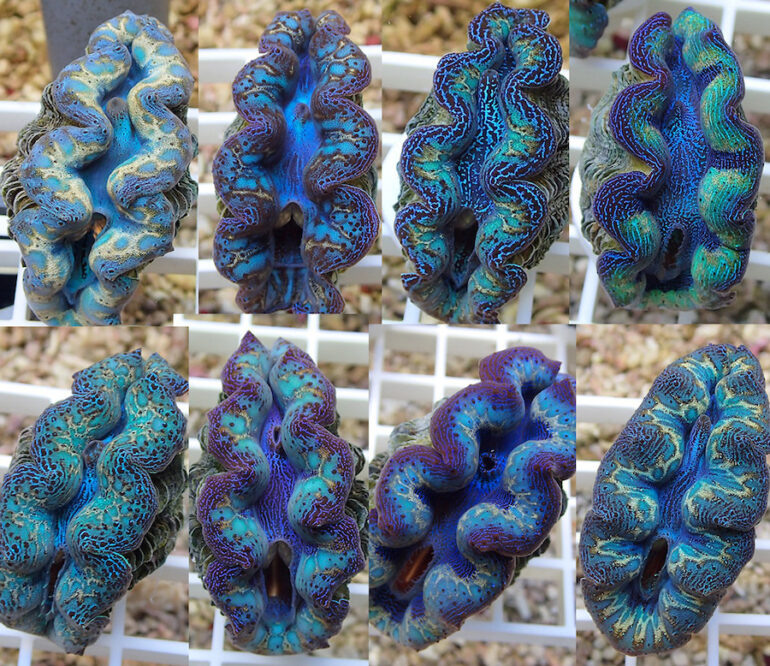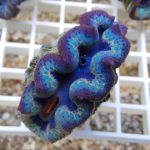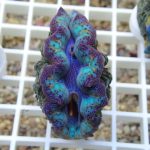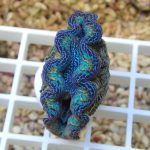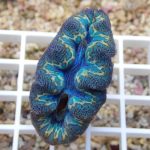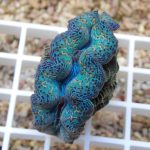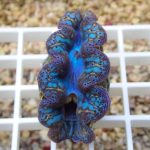From the perspective of the aquarium world, we tend to think of Japan as a country where lots of exotic marinelife goes, but it’s easy to forget that Japan has nearly 30,000 kilometers of coastline, and much of that is in tropical and subtropical waters of the northwest Pacific Ocean.
This region of the world is home to many exotic fish and invertebrates, and just happens to include the natural distribution of the popular ‘small’ giant clam, Tridacna crocea. We’ve long been aware that Tridacna clams occur in Japanese waters and that the group is very popular to eat, both cooked and raw, but we’ve never really had a good look at what Japanese Crocea clams look like until now.
Like all widely distributed marine animals, the appearance of Tridacna crocea varies widely over its range and these regional populations have some common traits. What we’re seeing in these fantastic specimens of Japanese crocea clams shared and offered for sale by Aqua Gift is remarkable coloration and patterning.
Where a typical crocea clams is simply a dark navy blue with some degree of light and dark spotting, sometimes with stripes and teardrops, these croceas are really sporting a lot of teal and blue-green colors and patterns. A substantial amount of Aqua Gift’s croceas also have the large teardrop pattern which is sometimes called a ‘Mandarin Crocea‘ when the appearance is striking enough.
Although Japan doesn’t allow the export of live ornamental clams, thankfully we can get similar varieties, and even more colorful specimens from Palau where aquaculture efforts such as Biota have decades of experience rearing various clam species. Although these might not be the wild blue squammies or super rare porcelain clams, these cute and very affordably priced clams have a unique charm that any reefer would love to enjoy in their home aquarium. [Aqua-Gift]


